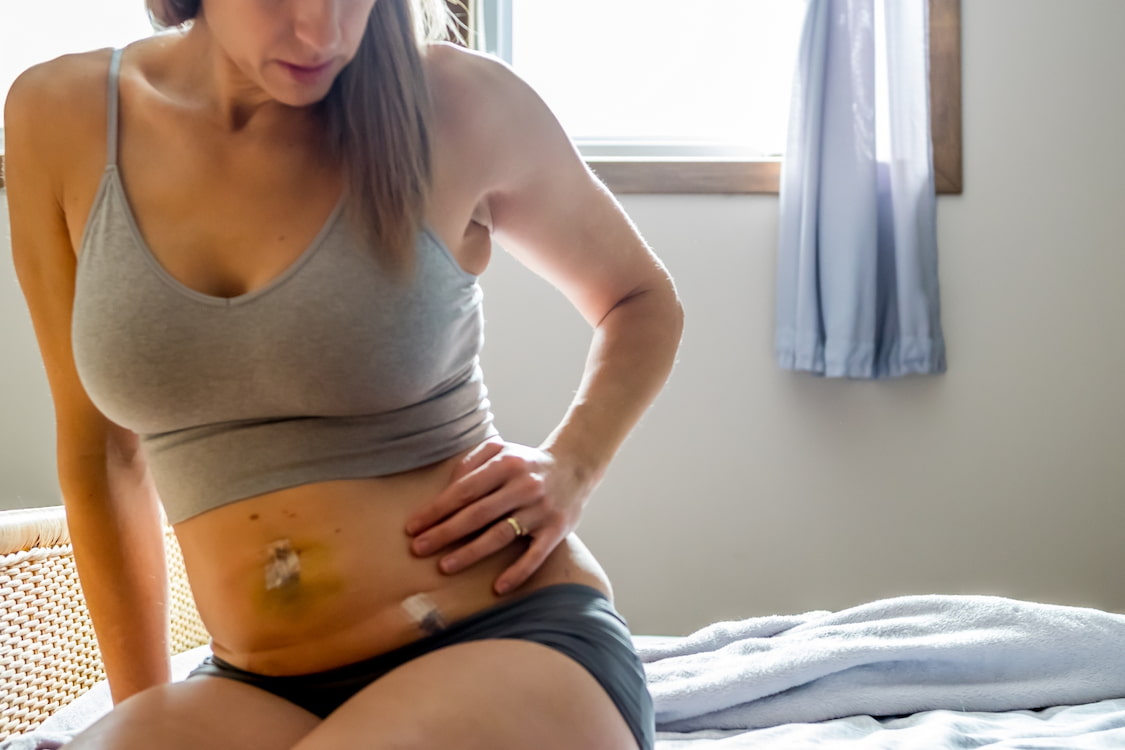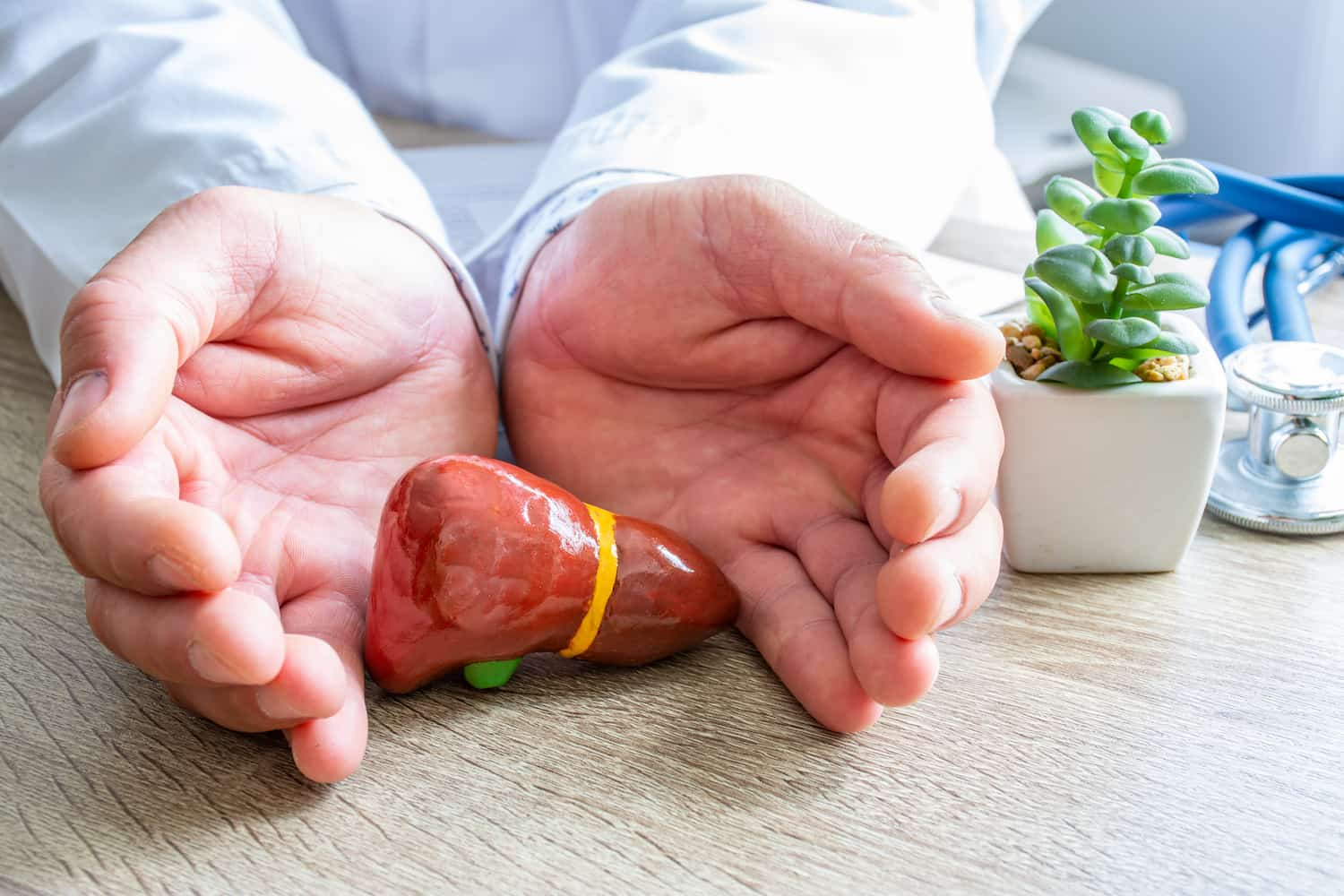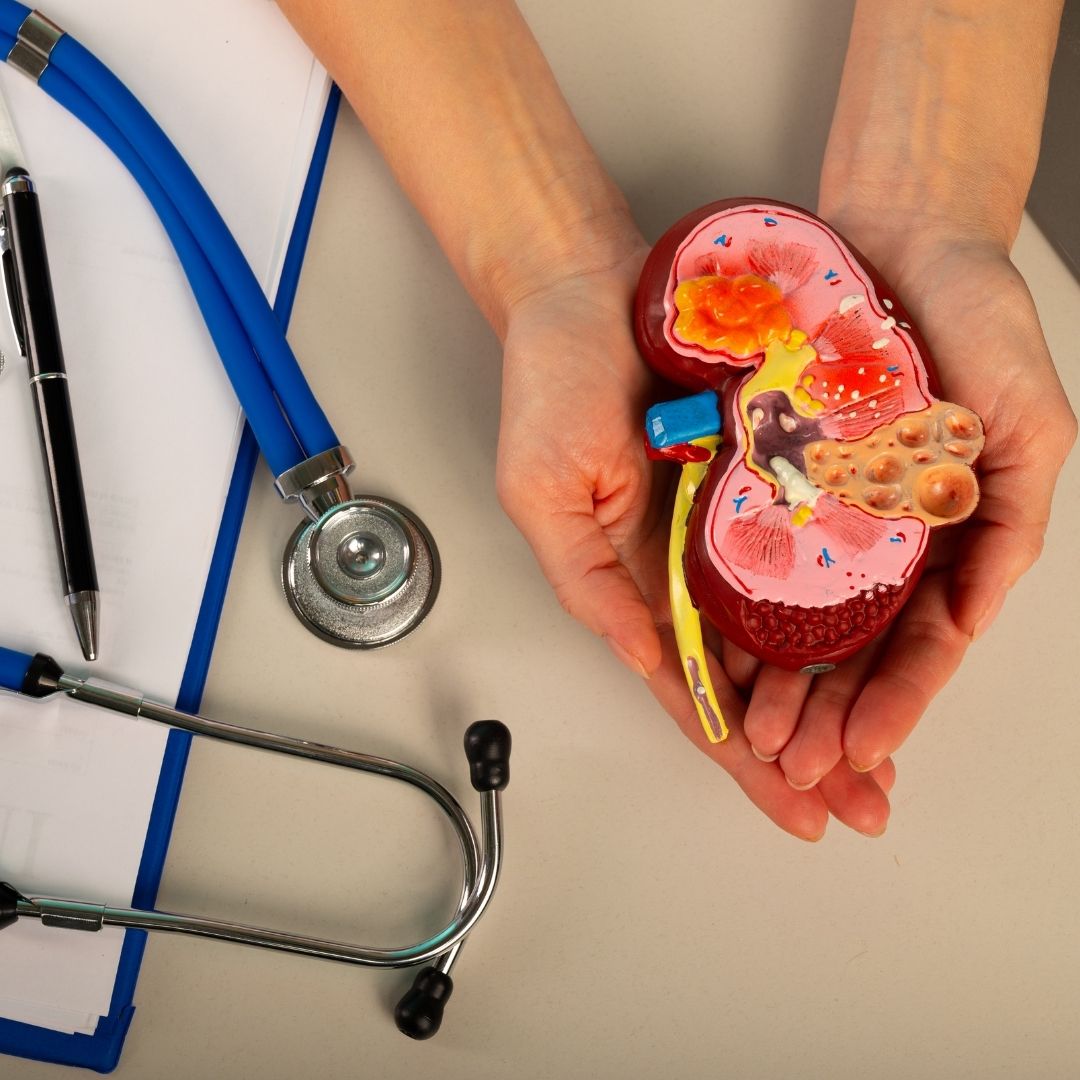
Laparoscopic Cholecystectomy and Ovarian Drilling: A Comprehensive Approach to Managing Gallstones and Polycystic Ovary Syndrome
Polycystic ovary syndrome (PCOS) is a common hormonal disorder that affects many women. It is characterized by the presence of small, fluid-filled sacs (cysts) on the ovaries. PCOS can lead to a number of symptoms, including irregular menstrual periods, acne, and weight gain. In some cases, PCOS can also lead to the development of gallstones, which can cause pain and discomfort.
Laparoscopic cholecystectomy is a minimally invasive surgical procedure that is used to remove the gallbladder. This procedure is often used to treat gallstones, which can cause pain and discomfort. Laparoscopic ovarian drilling is another minimally invasive surgical procedure that is used to treat PCOS. This procedure involves using a small camera (laparoscope) and specialized instruments to puncture the ovaries and destroy small areas of tissue. In this article, we will explore the use of laparoscopic cholecystectomy and ovarian drilling as a comprehensive approach to managing both gallstones and PCOS.
Does Laparoscopic Ovarian Drilling Cure PCOS?
Laparoscopic ovarian drilling is a minimally invasive surgical treatment that is used to treat PCOS. The surgery involves drilling holes in the ovary using a laparoscope. The ovaries are pierced during this treatment, and then little amounts of the surrounding tissue are cut away. The production of male hormones (androgens), which can be a contributing factor in PCOS symptoms, is one of the things that will be targeted during this operation. Laparoscopic ovarian drilling, on the other hand, is not a treatment for PCOS and should not be considered a cure for the condition. The symptoms of PCOS can be better managed with the use of this technique, but the condition itself cannot be totally cured by it.
What Is Laparoscopic Ovarian Drilling for PCOS?
Laparoscopic ovarian drilling is a minimally invasive surgical treatment that is used to treat PCOS. The surgery involves drilling holes in the ovary using a laparoscope. In this surgical operation, a small camera known as a laparoscope and specialised equipment are used to create holes in the ovaries and cut away small sections of tissue. The production of male hormones (androgens), which can be a contributing factor in PCOS symptoms, is one of the things that will be targeted during this operation. Outpatient surgery is the term used to describe procedures like this one, in which the patient is allowed to return home on the same day as the procedure.

How Much Does Laparoscopic Ovarian Drilling Cost?
It is possible for the price of laparoscopic ovarian drilling to fluctuate depending on a number of circumstances. Some of these considerations include the location of the surgery, the level of experience of the surgeon, and the level of difficulty of the process. The total cost of this operation might vary anywhere from several hundred to several thousand dollars depending on the specifics of the patient's case. It is critical that you contact your insurance company to determine whether or not your plan covers ovarian drilling that is performed laparoscopically.
What Is the Rule of 4 for Laparoscopic Ovarian Drilling?
The "Rule of 4" is a method that is utilised for the purpose of determining the number of punctures that are to be made on each ovary in the course of the laparoscopic ovarian drilling procedure. According to the regulation, a maximum of four punctures should be done on each ovary, and the diameter of each puncture should not be greater than four millimetres at any point. The purpose of this guideline is to ensure that the desired outcomes are reached during surgery while also lowering the likelihood that the ovaries will be damaged.
Laparoscopic Cholecystectomy and Ovarian Drilling: A Comprehensive Approach
Ovarian drilling and laparoscopic cholecystectomy are two examples of minimally invasive surgical procedures that can be utilised to treat a variety of health issues. The removal of the gallbladder, which may be necessary in cases where gallstones are the source of pain and suffering, is accomplished by the process of laparoscopic cholecystectomy. Ovarian drilling, on the other hand, is a treatment for PCOS. This treatment works by lowering the production of male hormones, which are one of the potential causes of the condition's symptoms.
The management of gallstones and PCOS in people who have both conditions can be handled in a comprehensive manner by combining these two treatments. This approach can be done with patients who have both conditions. This method may be of particular benefit in situations in which a patient suffers from both PCOS and gallstones, as it allows for the treatment of both conditions at the same time, so eliminating the requirement for two separate operations.
However, it is essential to keep in mind that not all patients diagnosed with PCOS will need to have laparoscopic drilling of their ovaries. The decision to go through with this process will be influenced by a number of different aspects, including as the severity of the symptoms, how well other therapies have worked, and the level of motivation to have a child. people who have not reacted to previous therapies, such as medicine or changes in lifestyle, or people who are trying to conceive may be candidates for laparoscopic ovarian drilling. This procedure is performed through the patient's abdominal cavity.
Healthy Türkiye Notes
It is crucial to contact with a healthcare specialist to establish whether or not this method is appropriate for each individual patient in order to determine whether or not the combination of laparoscopic cholecystectomy and ovarian drilling can be a comprehensive strategy to the management of both gallstones and PCOS. It is possible to discover the most effective method of treatment by performing a comprehensive analysis of the patient's medical history, symptoms, and treatment objectives.
Both laparoscopic cholecystectomy and ovarian drilling are minimally invasive surgical procedures that can be used to control PCOS and gallstones, respectively. Laparoscopic cholecystectomy removes the gallbladder while ovarian drilling removes the ovaries. It is possible to adopt a complete approach to the management of both illnesses in individuals who have both by merging these two operations into a single treatment plan.



